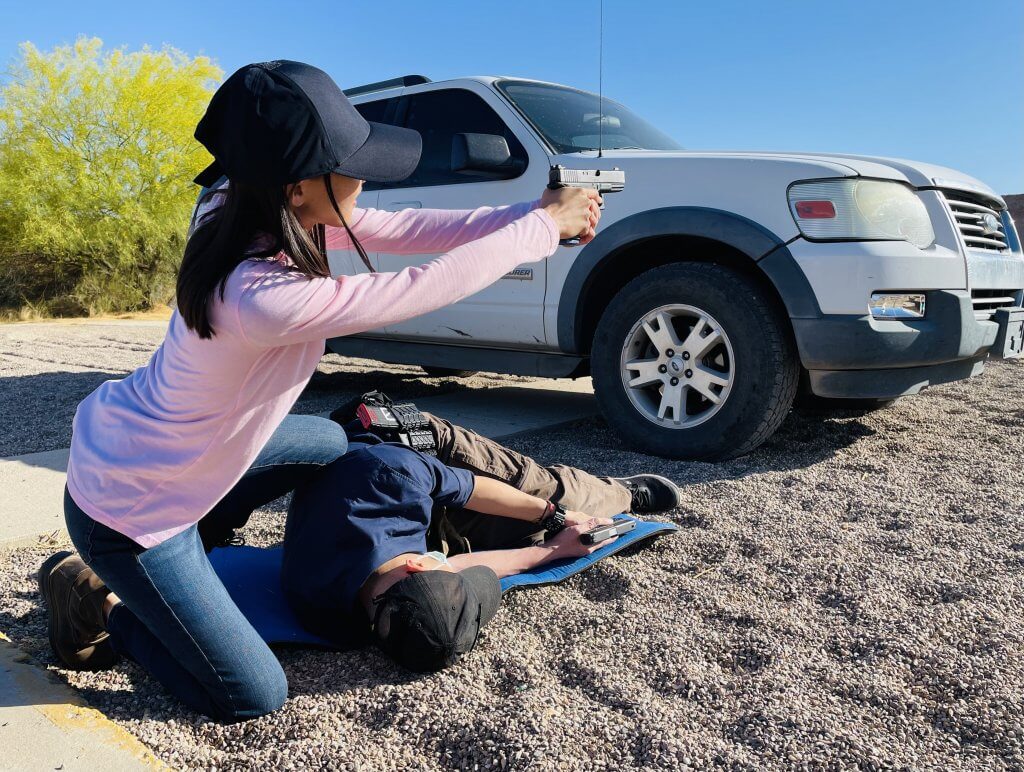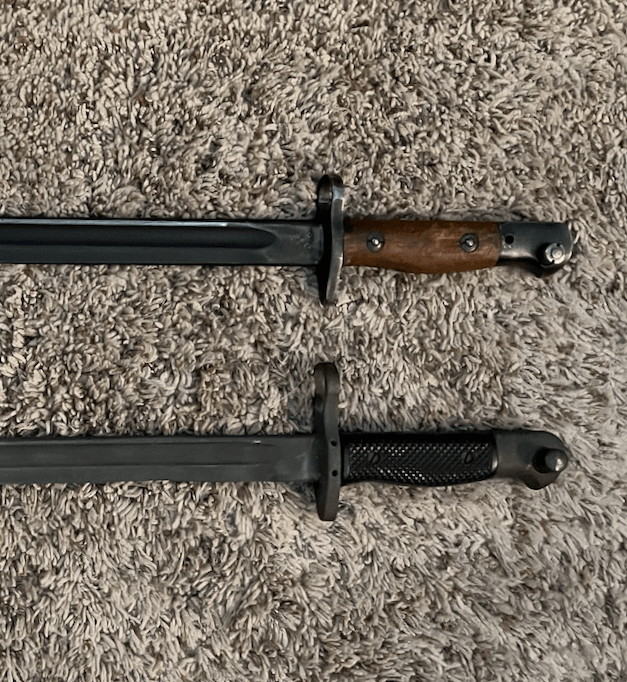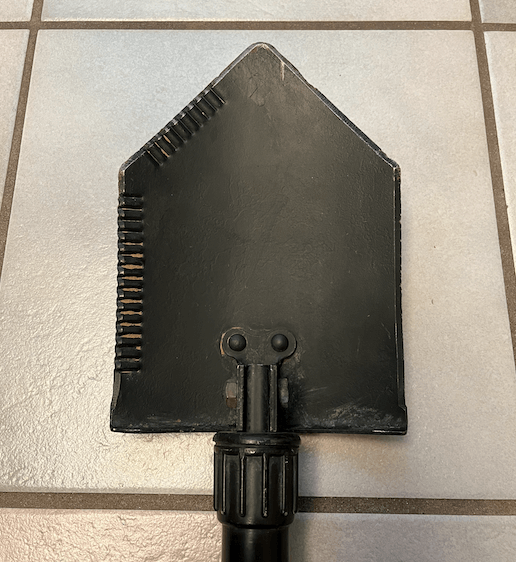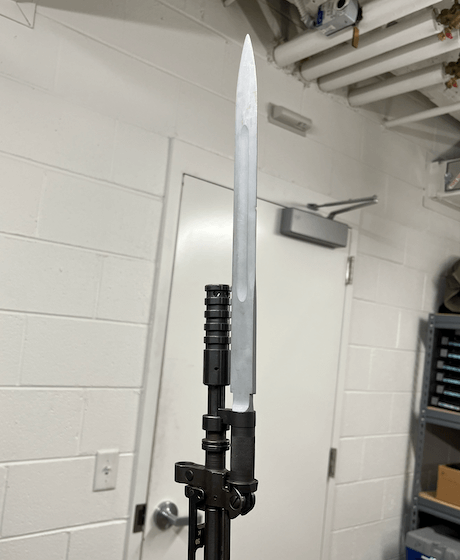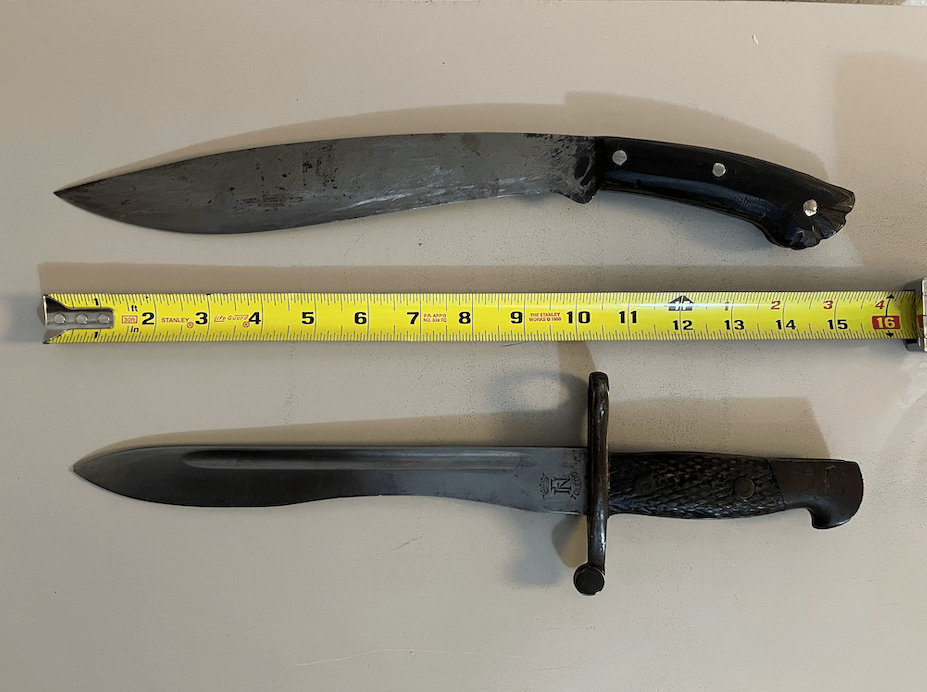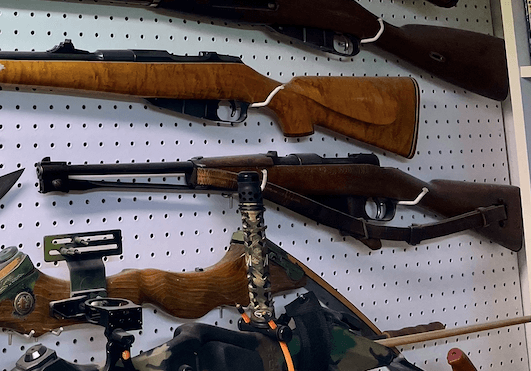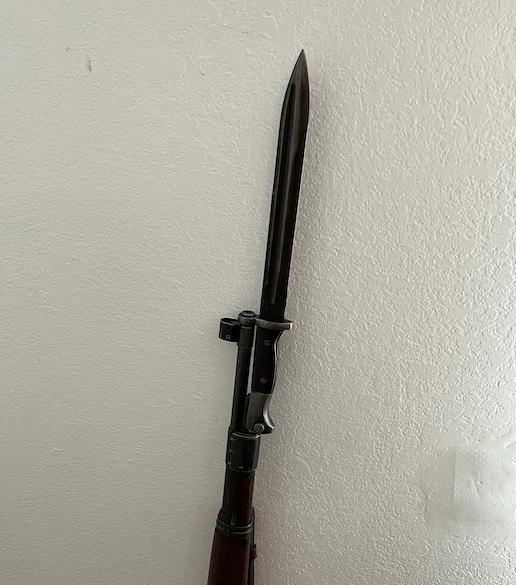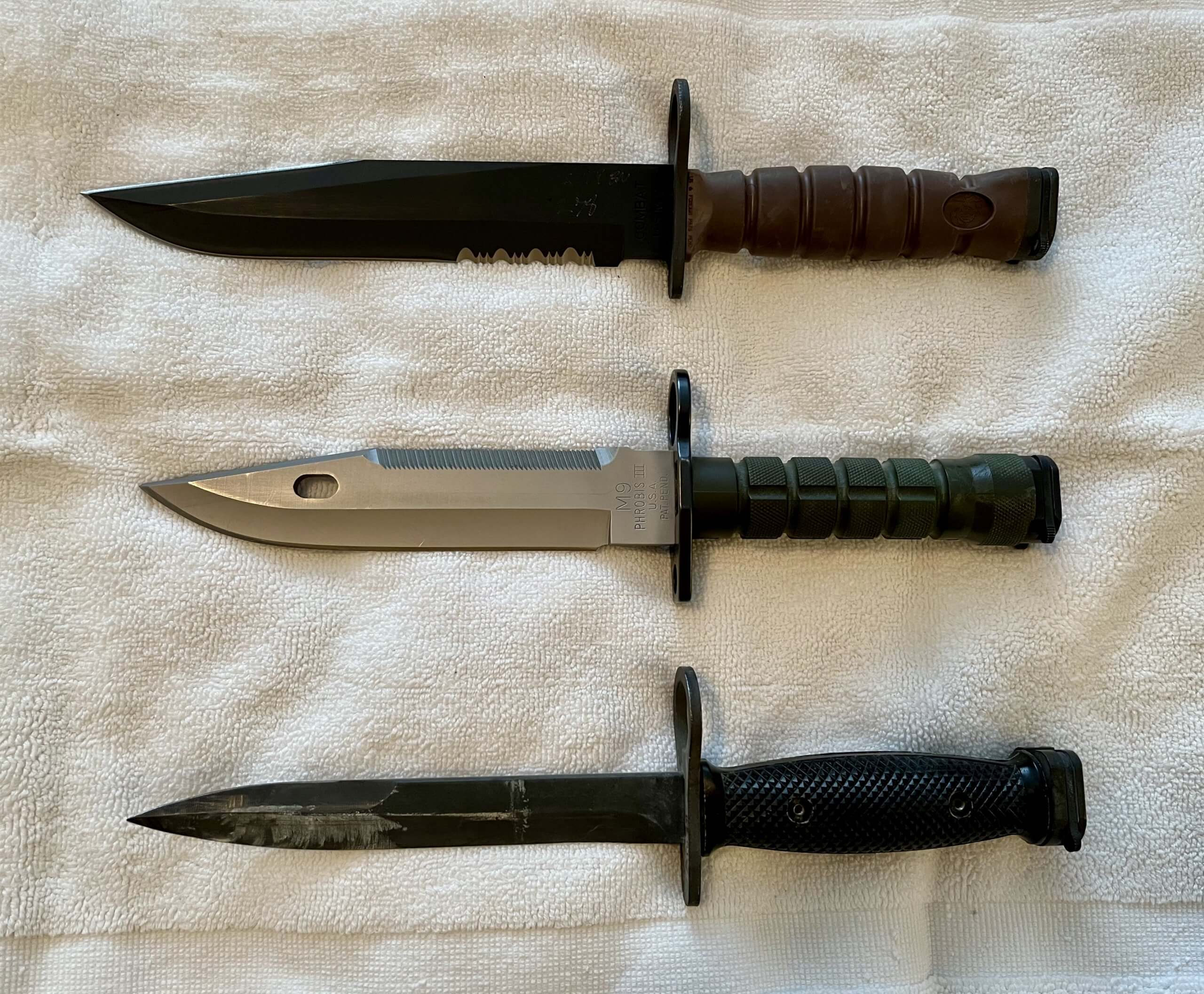British P1907 / Japanese Arisaka / US M1917 Bayonets
This article explains why the British pattern 1907 bayonet was a virtual clone of the Japanese Arisaka bayonet, and why the US M1917 bayonet is a virtual copy of the P1907. Details about markings and other identifying characteristics are included.
